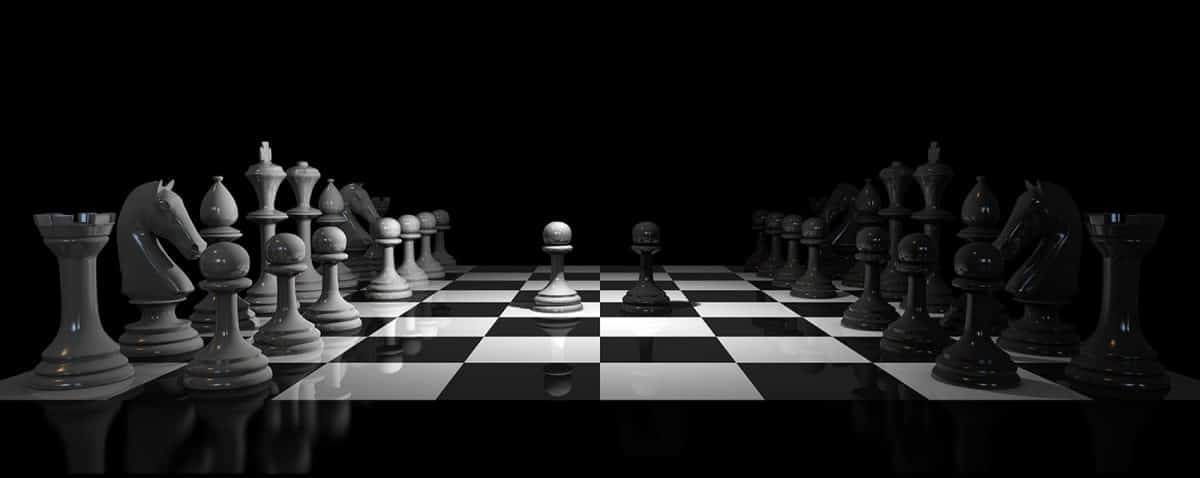You may have heard about deliberate practice and the high impact it has on student achievement. But what does it involve? And should you make use of it?

What Deliberate Practice Involves
Deliberate practice involves putting sustained effort into improving your performance. Typically, you try to improve your performance in a specific area. For example, improving your performance at playing golf, chess or the violin.
When learners engage in this form of practice, they:
Where Did the Idea Come From?
Anders Ericsson and his colleagues came up with the idea of deliberate practice during the 1990s. They:
They found that high levels of deliberate practice explained differing levels of expertise. More specifically, they found that the:
Research On Deliberate Practice
Since the idea came to life in the 1990s, it has been the subject of many research studies. This includes at least 2 meta-analyses.
In 2017, John Hattie released his updated list of 250+ factors that influence student achievement. It included deliberate practice as a factor with a high effect size d = 0.79.
Since then, it has become a hot topic in educational circles.
But Research On Deliberate Practice in Education Is Limited
Most of my readers work in school settings. Therefore, they are interested in using deliberate practice in their classrooms. If that’s you, there are reasons to question the applicability of John’s reported effect size of 0.79.

John cites 3 meta-analyses as the source of the 0.79 effect size
- The first meta-analysis was conducted in 1983. This was before the idea of deliberate practice had been conceptualised. It focused on using mental practice to develop physical skills.
- The second meta-analysis reported the largest reported effect size. Yet, it focused exclusively on instrumental music and mainly with adults. While it included some studies involving children, none were in a classroom setting.
- The third meta-analysis reported the smallest effect size. It explored the use of deliberate practice across a range of domains. These included music, games, sport and education. Yet, the results for education were lower than for the other domains. Furthermore, most of the studies in this category focused on university education. Those that looked at school education merely looked at the time students spent studying.
Deliberate Practice Has Some Uses
Research does not support the universal use of deliberate practice in education. This especially true in normal school classrooms. But this does not mean that the idea is not without merit.
Focusing On Improvement Can Be Useful
Focusing on improvement, rather than just repetition has its uses. For example:
Spending Time & Effort Is Helpful
Putting in time and effort into improvement is likely to be helpful. However, the time exerted by school students is not likely to reach anything like that of the ‘best musicians’ in Ericsson’s original study.
Feedback Is Critical
Feedback is a powerful teaching strategy – especially when students then have an opportunity to improve.
